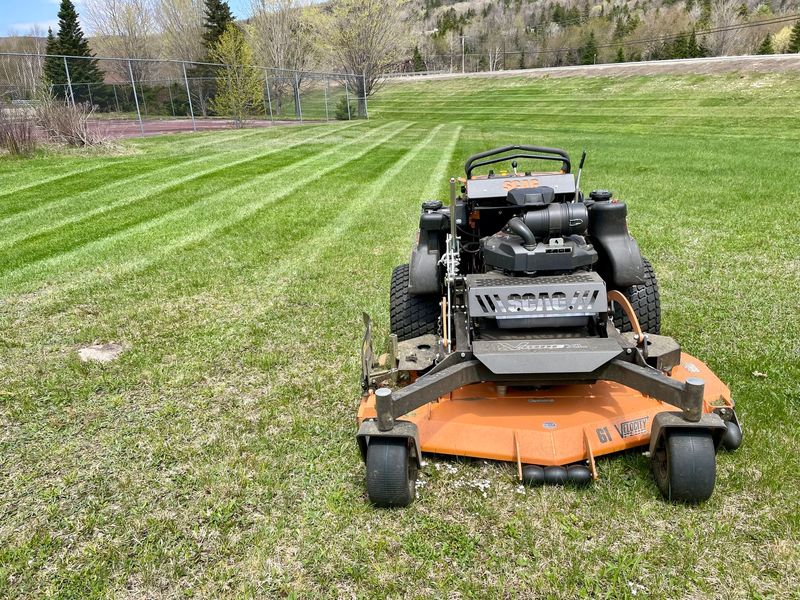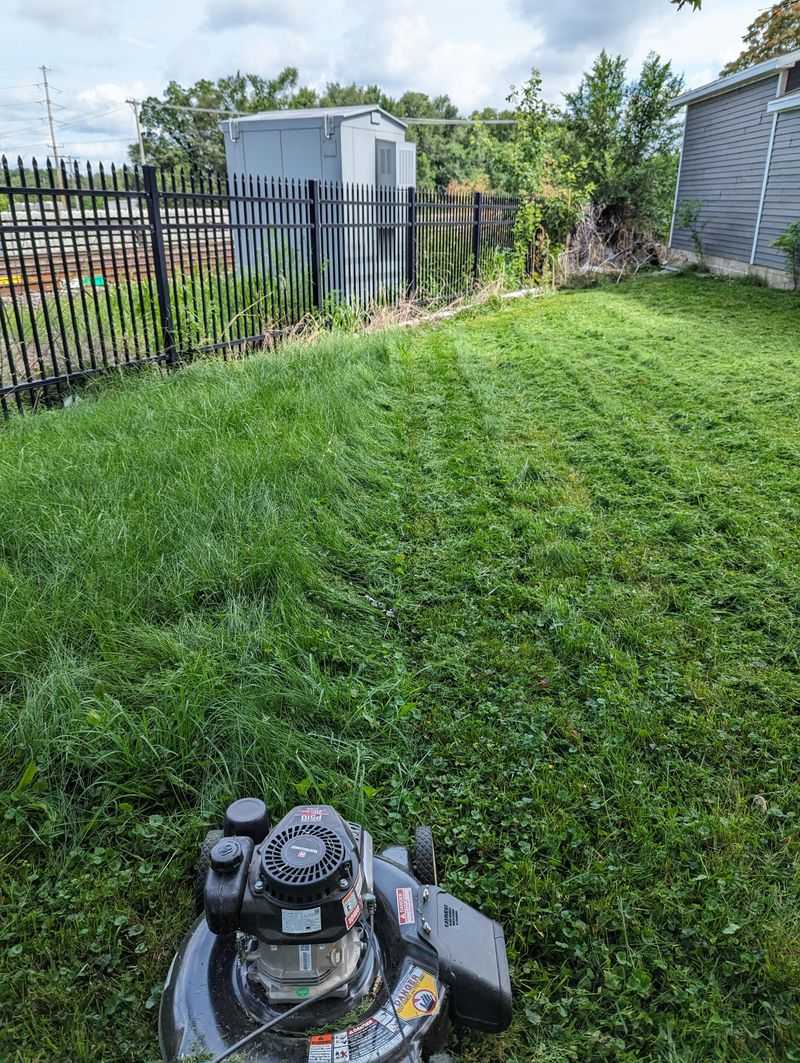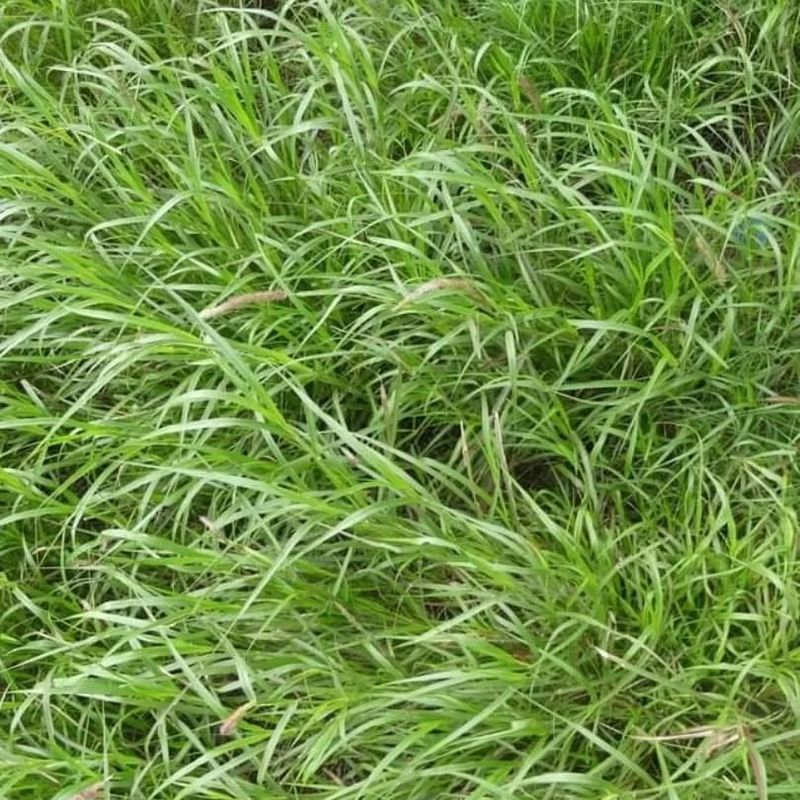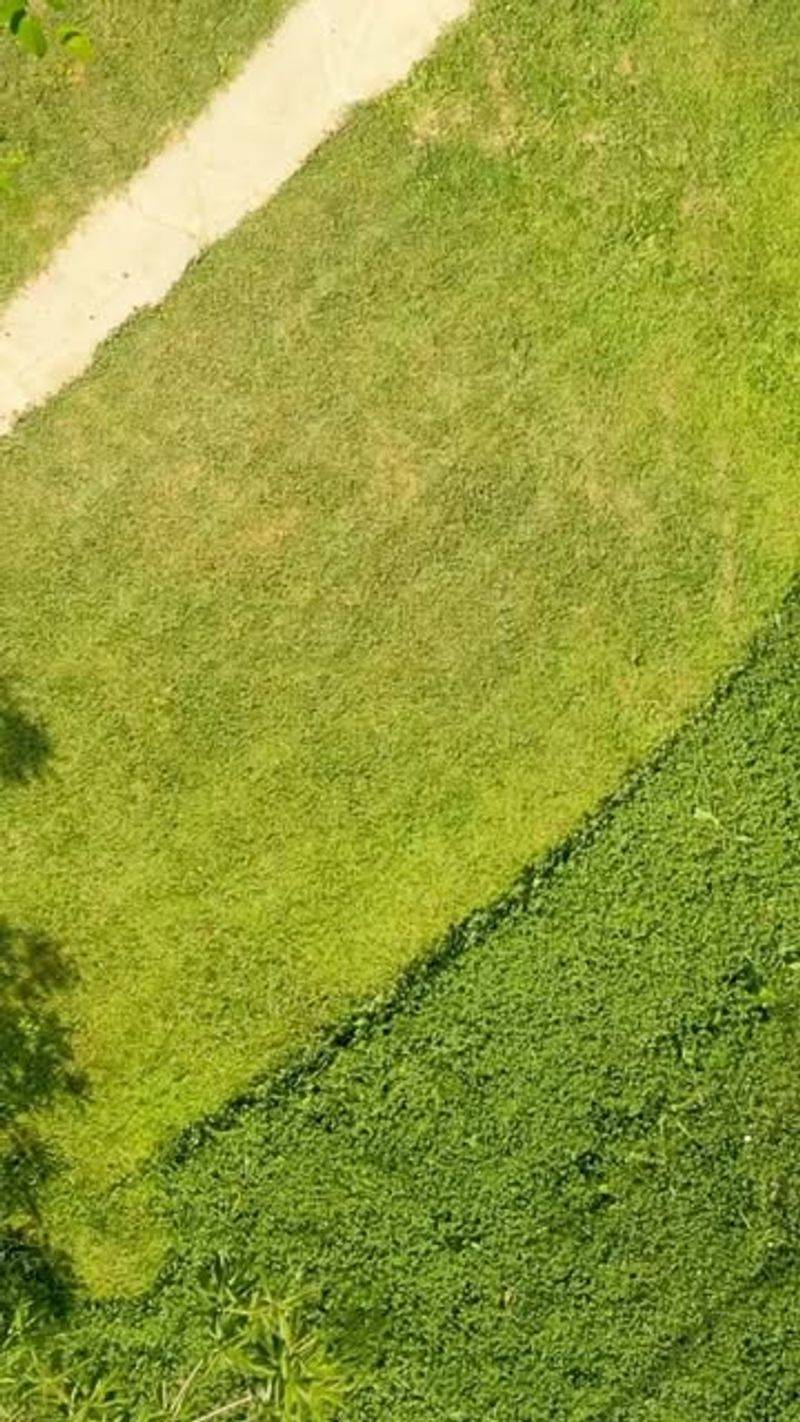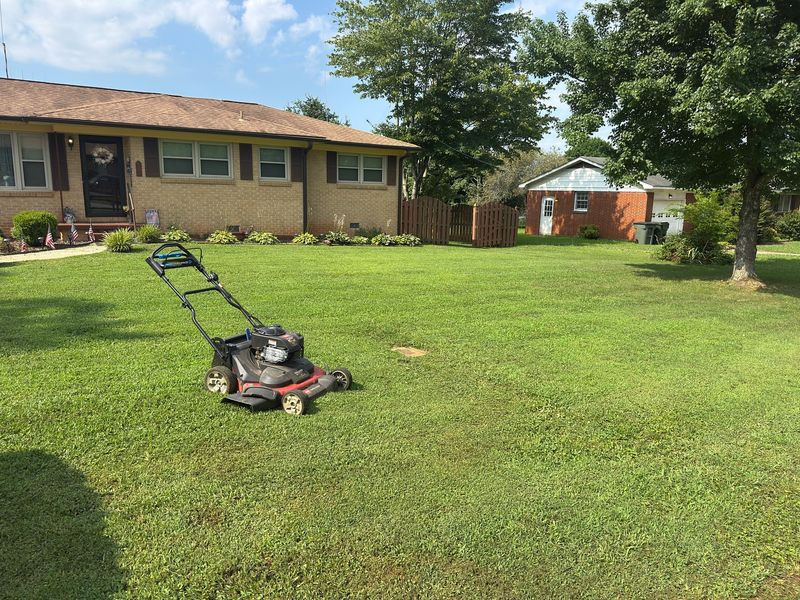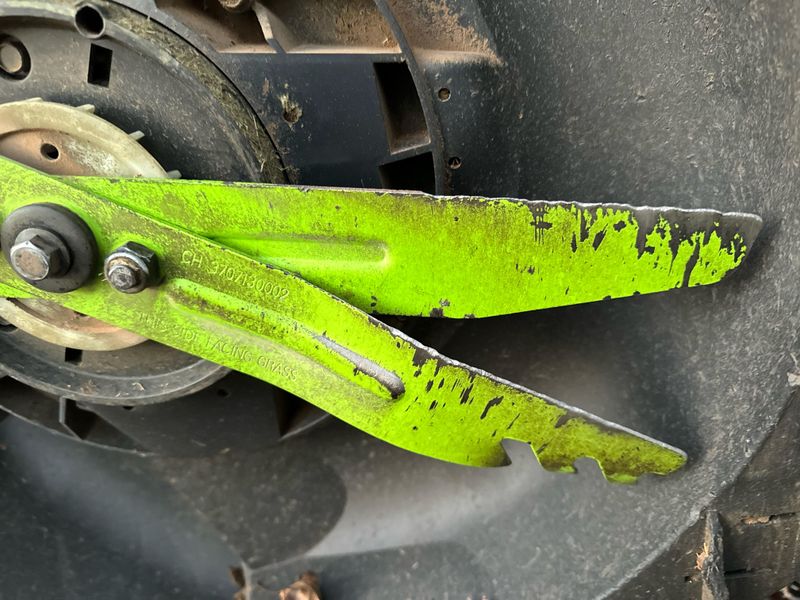Mowing might seem simple, but timing can make or break your lawn. Cutting grass at the wrong hour can stress your turf, dull your blades, and leave your yard looking worse—not better.
The right time of day leads to healthier growth, fewer weeds, and a greener, lusher lawn. It’s not just when you mow, but how smartly you do it.
1. Wait Until Mid-Morning
Early risers might be tempted to mow first thing, but dew-covered grass clumps together and cuts unevenly. By mid-morning (around 8-10 AM), moisture has evaporated but the day hasn’t reached its hottest point.
Morning mowing gives grass time to recover before evening moisture sets in. Your neighbors will appreciate this timing too – no more crack-of-dawn mower noise disturbing weekend sleep!
2. Never Cut During Peak Heat
Slicing through blades during the afternoon sun (noon to 3 PM) stresses your grass severely. The combination of heat and fresh cuts can leave your lawn vulnerable to burning and moisture loss.
Plants need their energy reserves during hot periods. Mowing in intense heat forces grass to focus on healing rather than surviving temperature stress, potentially causing brown spots and thinning patches across your yard.
3. Follow the One-Third Rule
Scalping your lawn by cutting too much at once shocks the grass system. The golden standard is removing only one-third of the grass height in a single mowing session.
For example, if your ideal grass height is 3 inches, mow when it reaches 4.5 inches. This approach maintains proper root-to-blade ratio, keeping your lawn resilient against drought and disease. Frequent light trims beat infrequent major cuts every time!
4. Mow When It’s Dry (But Not Too Dry)
Wet grass creates a mowing nightmare – clumpy clippings, uneven cuts, and potential mower damage. On the flip side, bone-dry conditions make grass brittle and prone to pulling rather than cutting cleanly.
The sweet spot? Wait 24-48 hours after rain, but don’t delay during drought periods. Slightly moist soil with dry grass blades provides perfect cutting conditions, giving you that satisfying, even finish every homeowner dreams about.
5. Adjust Your Schedule Seasonally
Spring demands more frequent cutting as growth accelerates – sometimes twice weekly. Summer calls for higher blade settings to protect roots from heat stress.
Fall requires consistent mowing to manage leaf debris mixed with slower growth. Winter (in warmer regions) means occasional maintenance cuts during growth spurts. Smart homeowners create seasonal mowing calendars, adjusting not just frequency but also cutting height throughout the year.
6. Consider Your Grass Type
Cool-season grasses (fescue, bluegrass) thrive with taller mowing heights of 3-4 inches, especially during summer heat. Warm-season varieties (Bermuda, zoysia) prefer shorter cuts between 1-2 inches to maintain density.
St. Augustine falls somewhere between at 2-4 inches. Knowing your specific grass type revolutionizes your mowing approach. Many lawn struggles stem from applying one-size-fits-all height recommendations to the wrong grass variety!
7. Let Clippings Stay (Usually)
Those grass bits aren’t trash – they’re free fertilizer! Short clippings decompose quickly, returning valuable nitrogen to your soil. This natural recycling reduces fertilizer needs by up to 25% annually.
Exception: If grass has grown excessively tall or contains weed seeds, bagging becomes necessary. Otherwise, ditch the rake and let nature handle the cleanup. Modern mulching mowers chop clippings finely, making them virtually invisible within hours.
8. Change Direction Each Time
Mowing the same pattern creates literal ruts in your lawn as wheels repeatedly compress the same soil paths. Grass also develops a “grain” – leaning in the direction it’s repeatedly cut.
Alternate between horizontal, vertical, and diagonal patterns with each mowing session. This simple rotation prevents soil compaction, reduces wear patterns, and encourages upright growth. Your lawn will develop more uniform thickness and color through this easy practice.
9. Sharpen Blades Regularly
Dull blades tear grass rather than slice it cleanly, creating ragged edges that turn brown and invite disease. These wounded grass tips lose moisture faster and become entry points for fungi and bacteria.
Professional landscapers sharpen blades after approximately 10 hours of mowing time. For most homeowners, this translates to blade sharpening every 2-3 months during growing season. The clean cuts from sharp blades result in visibly greener lawns within days.
10. Time Final Fall Cut Perfectly
The last mow before winter dormancy is crucial yet often mistimed. Aim for grass height of 2-2.5 inches – short enough to prevent matting under snow but tall enough to photosynthesize and strengthen roots.
This final cut typically happens when daytime temperatures consistently stay below 50°F but before the first hard freeze. Getting this timing right means your lawn emerges from winter ready for strong spring growth rather than struggling to recover from seasonal damage.


